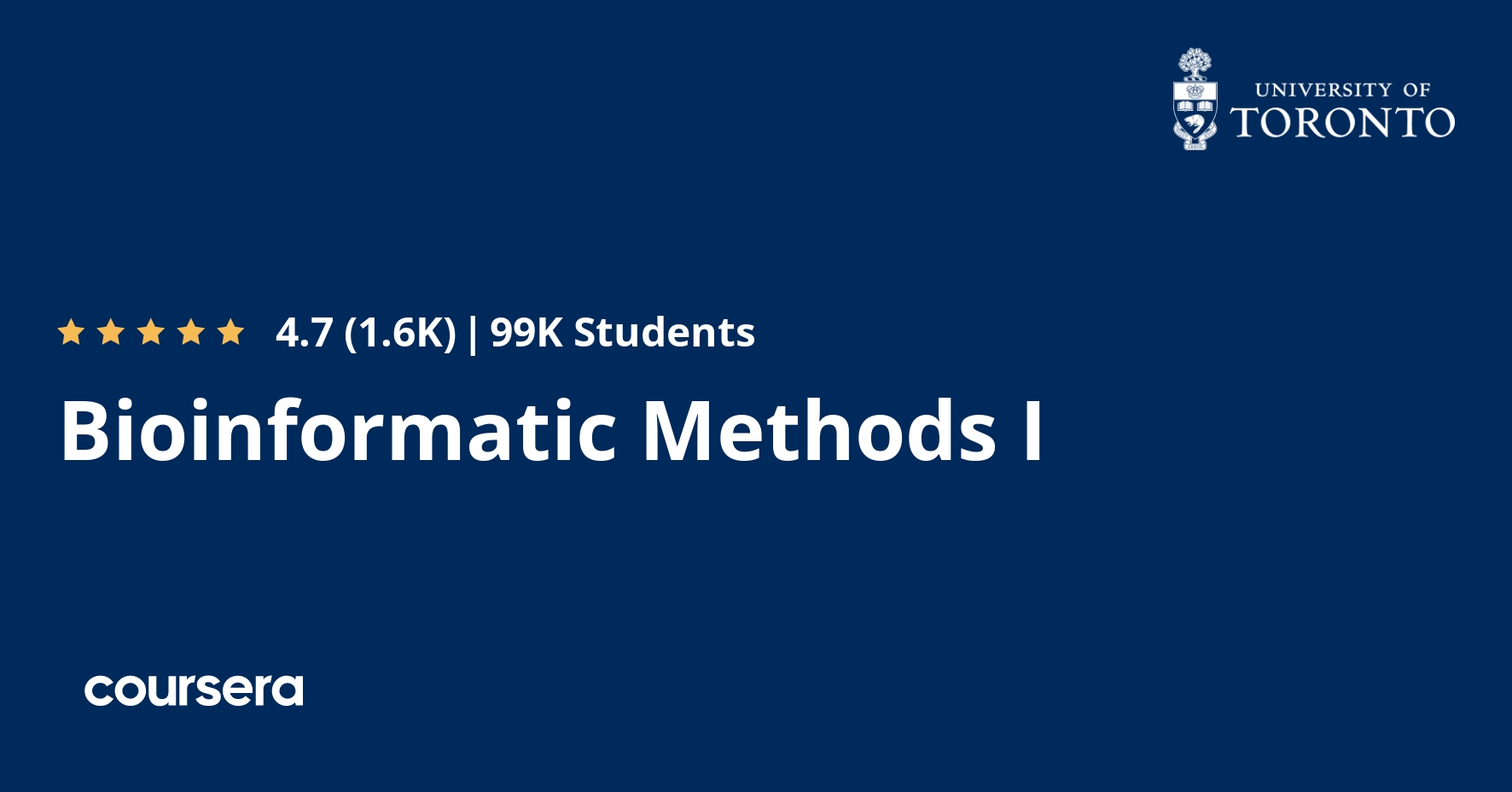Description
Large-scale biology projects such as the sequencing of the human genome and gene expression surveys using RNA-seq, microarrays and other technologies have created a wealth of data for biologists. However, the challenge facing scientists is analyzing and even accessing these data to extract useful information pertaining to the system being studied. This course focuses on employing existing bioinformatic resources – mainly web-based programs and databases – to access the wealth of data to answer questions relevant to the average biologist, and is highly hands-on.
Topics covered include multiple sequence alignments, phylogenetics, gene expression data analysis, and protein interaction networks, in two separate parts.
The first part, Bioinformatic Methods I (this one), deals with databases, Blast, multiple sequence alignments, phylogenetics, selection analysis and metagenomics.
The second part, Bioinformatic Methods II, covers motif searching, protein-protein interactions, structural bioinformatics, gene expression data analysis, and cis-element predictions.
This pair of courses is useful to any student considering graduate school in the biological sciences, as well as students considering molecular medicine. Both provide an overview of the many different bioinformatic tools that are out there.
These courses are based on one taught at the University of Toronto to upper-level undergraduates who have some understanding of basic molecular biology. If you’re not familiar with this, something like https://learn.saylor.org/course/bio101 might be helpful. No programming is required for this course.
Bioinformatic Methods I is regularly updated, and was completely updated for January 2023.
What you will learn
NCBI/Blast I
In this module we’ll be exploring the amazing resources available at NCBI, the National Centre for Biotechnology Information, run by the National Library of Medicine in the USA. We’ll also be doing a Blast search to find similar sequences in the enormous NR sequence database. We can use similar sequences to infer homology, which is the primary predictor of gene or protein function.
Blast II/Comparative Genomics
In this module we’ll continue exploring the incredible resources available at NCBI, the National Centre for Biotechnology Information. We will be performing several different kinds of Blast searches: BlastP, PSI-Blast, and Translated Blast. We can use similar sequences identified by such methods to infer homology, which is the primary predictor of gene or protein function. We’ll also be comparing parts of the genomes of a couple of different species, to see how similar they are.
Multiple Sequence Alignments
In this module we’ll be doing multiple sequence alignments with Clustal and MUSCLE (as implemented in MEGA), and MAFFT. Multiple sequences alignments can tell you where in a sequence the conserved and variable regions are, which is important for understanding the biology of the sequences under investigation. It also has practical applications, such as being able to design PCR primers that will amplify sequences from a number of different species, for example.
Review: NCBI/Blast I, Blast II/Comparative Genetics, and Multiple Sequence Alignments






